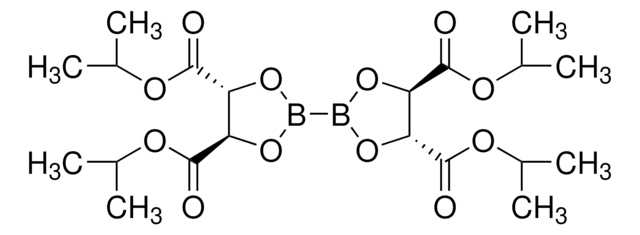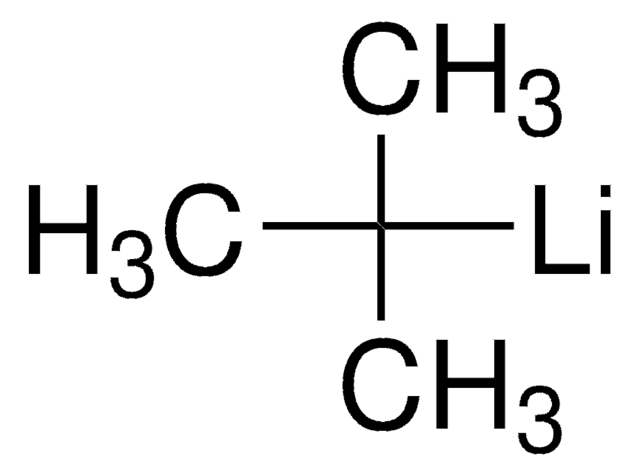V900403
Gly-Gly
99%, Vetec™
Sinónimos:
Diglycine, Glycyl-glycine
About This Item
Productos recomendados
product name
Gly-Gly, Vetec™, reagent grade, 99%
grade
reagent grade
product line
Vetec™
assay
99%
form
powder
technique(s)
ligand binding assay: suitable
color
white
useful pH range
7.5-8.9
pKa (25 °C)
8.2
mp
255-260 °C
SMILES string
NCC(=O)NCC(O)=O
InChI
1S/C4H8N2O3/c5-1-3(7)6-2-4(8)9/h1-2,5H2,(H,6,7)(H,8,9)
InChI key
YMAWOPBAYDPSLA-UHFFFAOYSA-N
¿Está buscando productos similares? Visita Guía de comparación de productos
Legal Information
Storage Class
11 - Combustible Solids
wgk_germany
WGK 3
flash_point_f
Not applicable
flash_point_c
Not applicable
Certificados de análisis (COA)
Busque Certificados de análisis (COA) introduciendo el número de lote del producto. Los números de lote se encuentran en la etiqueta del producto después de las palabras «Lot» o «Batch»
¿Ya tiene este producto?
Encuentre la documentación para los productos que ha comprado recientemente en la Biblioteca de documentos.
Nuestro equipo de científicos tiene experiencia en todas las áreas de investigación: Ciencias de la vida, Ciencia de los materiales, Síntesis química, Cromatografía, Analítica y muchas otras.
Póngase en contacto con el Servicio técnico







